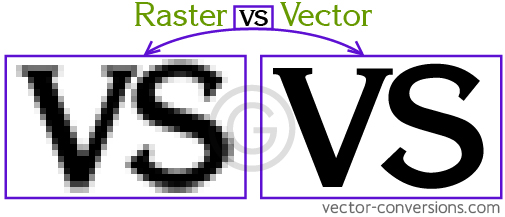

Vector data can also allow for network analysis, where raster does not. Vector data tends to be easier to register, re-project, and scale, which can make it more straightforward to use vector data from different data sources. Another major advantage is that vector data is not dependent on grid size. Vector data tends to be more aesthetically pleasing, and as a result, most maps are created with vector data. There are many different pros and cons associated with each data type and selecting the appropriate data type for your use case or the phenomena you are trying to represent will depend on which best suits your needs.

Raster data can be continuous (e.g., elevation or rainfall) or discrete (e.g., land use or vegetation type). The spatial resolution of raster data is determined by the size of the cells it is comprised of (e.g., one cell in a raster map can represent a 10x10m area on the surface of the Earth). Raster data represents the world as a continuous surface divided into a regular grid of cells (pixels), where each cell contains a value corresponding to the measured value for the area the cell represents. Vector data is most useful to represent spatial phenomena that has discrete boundaries, like county borders or streets. Vector data is stored as a list of coordinates that define vertices (points), and a set of rules that determine if and how the vertices are joined into lines or polygons. Vector data represents the world with points, lines, and polygons. The divide between these two data types and the people that use them has raged on for decades.Īlthough it is true that vector and raster data are both ways of representing spatial data, and most data can be represented as either vector or raster, the data types are very different, and each one can shine brighter than the other for different use cases and data sets. There are three elements to vectors: points, polylines and polygons.

Vectors are essentially geometric shapes that can be stretched or curved as need be. In the world of spatial analysis, there are two major varieties of data: vector and raster. A vector image is an infinitely scalable digital graphic made out of mathematically calculated paths. This article is by Sydney Firmin and originally appeared on the Alteryx Data Science Blog here:


 0 kommentar(er)
0 kommentar(er)
